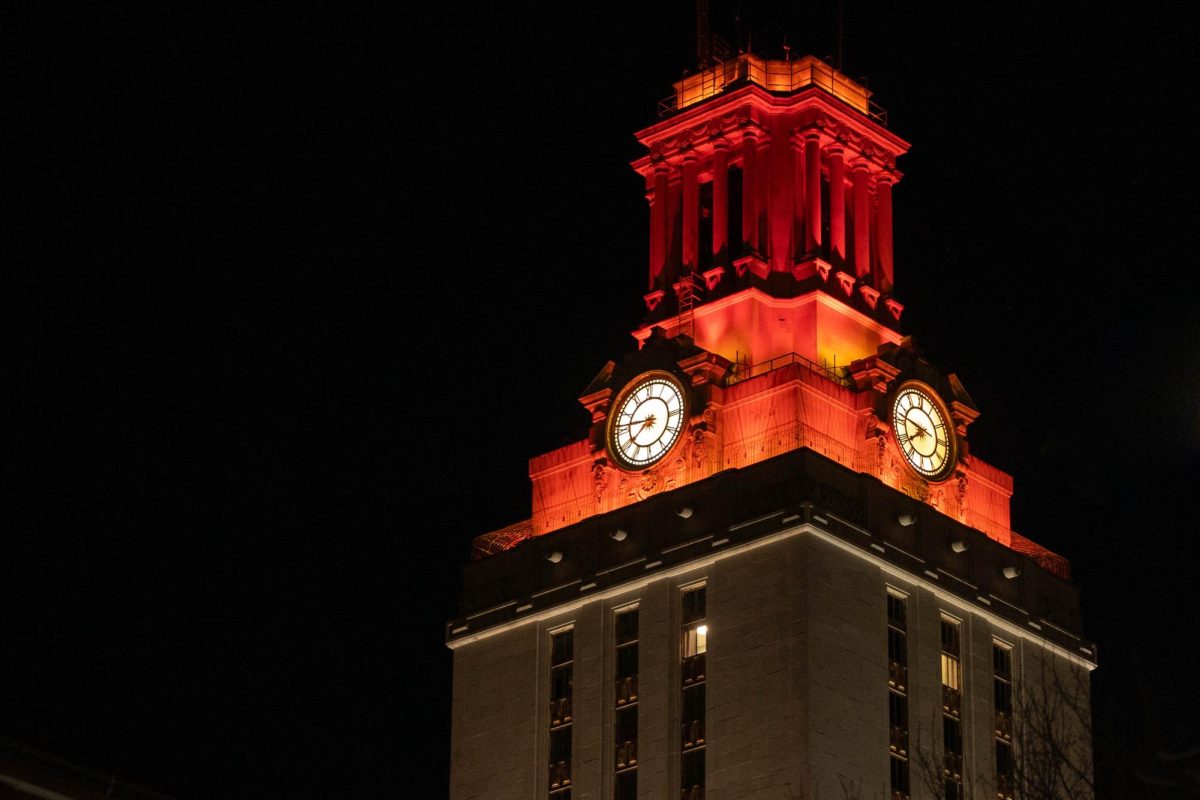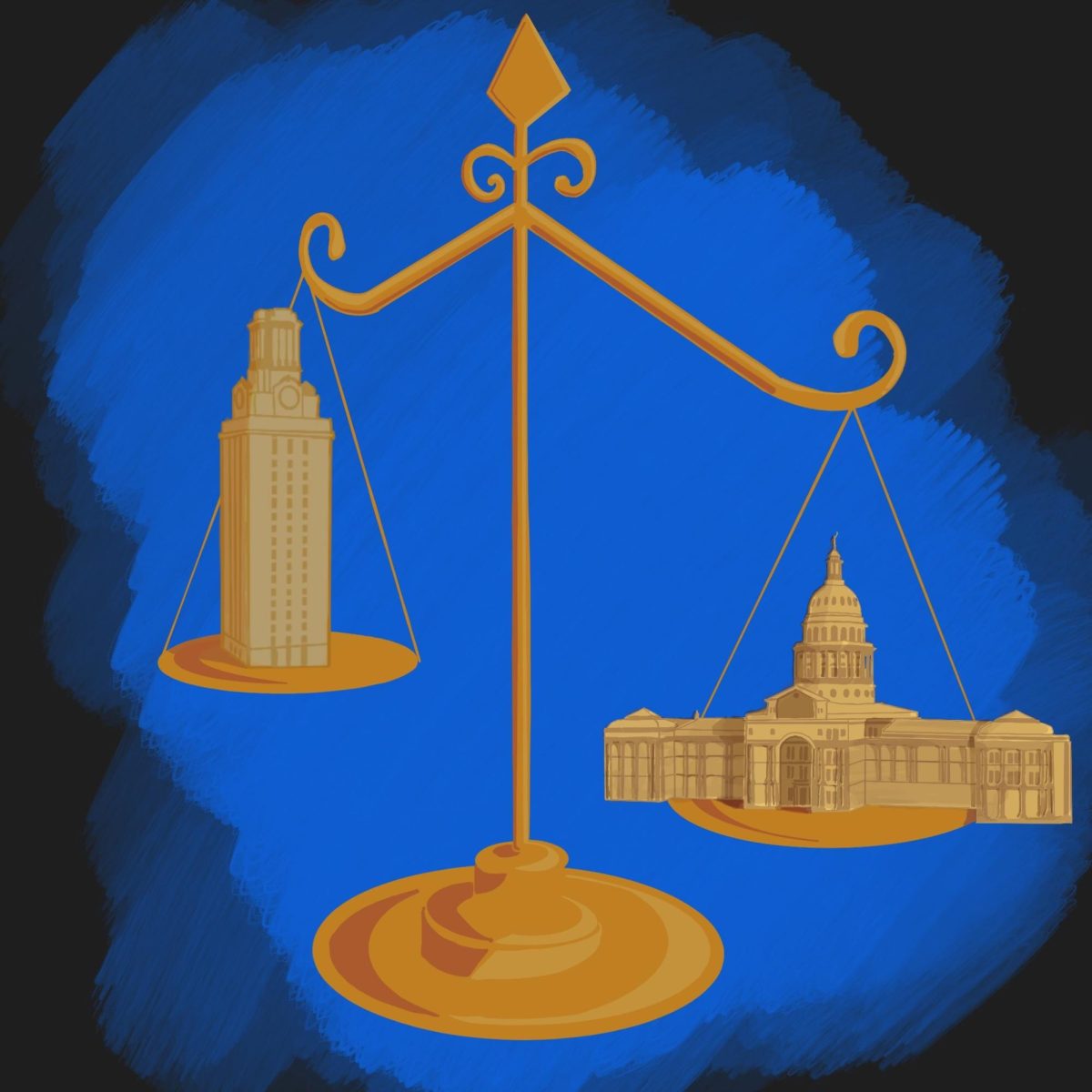The nonprofit organization Texans for Stem Cell Research rallied for more state funding in Austin earlier this month. The group followed up Wednesday with a symposium on the UT campus to show how research is leading to practical benefits for patients.
James Willerson, president of the Texas Heart Institute, said he conducted tests with stem cell injections in Rio de Janeiro that showed immediate and life-altering results for patients with enlarged hearts. A January 2009 FDA decision allows tests on humans in the U.S., but Willerson said the lack of funding has slowed advances in research.
Texans for Stem Cell Research plans to meet that challenge by creating a central stem cell research facility to pool funding by 2014.
Willerson was one of eight leading state stem cell researchers who spoke Wednesday at the Learn and Live Educational Series symposium in The Thompson Conference Center. Researchers say degenerative diseases such as Alzheimer’s, heart disease and diabetes could be cured with stem cell procedures.
UT kinesiology graduate student Daria Neidre, a member of the nonprofit’s advisory council, said the group has proposed several pieces of legislation to the state legislature without success. They are now working toward combining the stem cell centers across Texas into one unified group.
“By 2014, we want a central stem cell hospital here in Austin to combine the efforts of all the Texas researchers instead of having multiple facilities doing the same research,” Neidre said.
Willerson and his team of researchers found that heart and vascular diseases are treatable by injecting a patient’s own stem cells from their bone marrow directly into the heart with a catheter. When the cells are injected into the heart, the nuclei from the cells fuse together and form regenerated heart muscle.
He conducted the tests on patients in Brazil five years ago with quick results for patients.
“Some of the people we tested had enlarged hearts the size of a basketball and couldn’t walk 20 feet without heavy breathing and exhaustion,” he said. “Within two months of the stem cell surgery, swelling had significantly decreased and one of them was jogging on the beach in Rio.”
Willerson said stem cell transfusions can cure some of America’s most prevalent diseases.
State Sen. Kirk Watson, D-Austin, said stem cell research should be well funded, as it can improve the quality of life for patients.
He said his 21-year-old son, a UT junior, was diagnosed with Type-1 diabetes at age 5, and he holds research for a cure close to his heart.
“I have made the pledge to him that I will do whatever I can to make sure there is a cure and I believe that [stem cell research] is where the best possibility is,” Watson said.



















